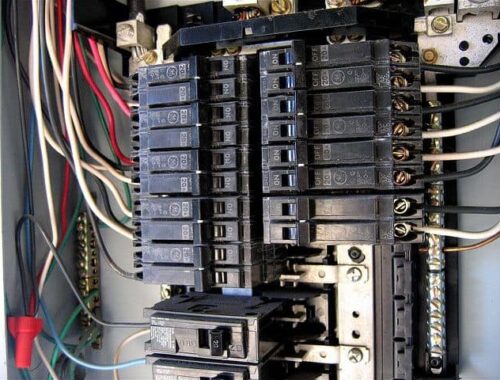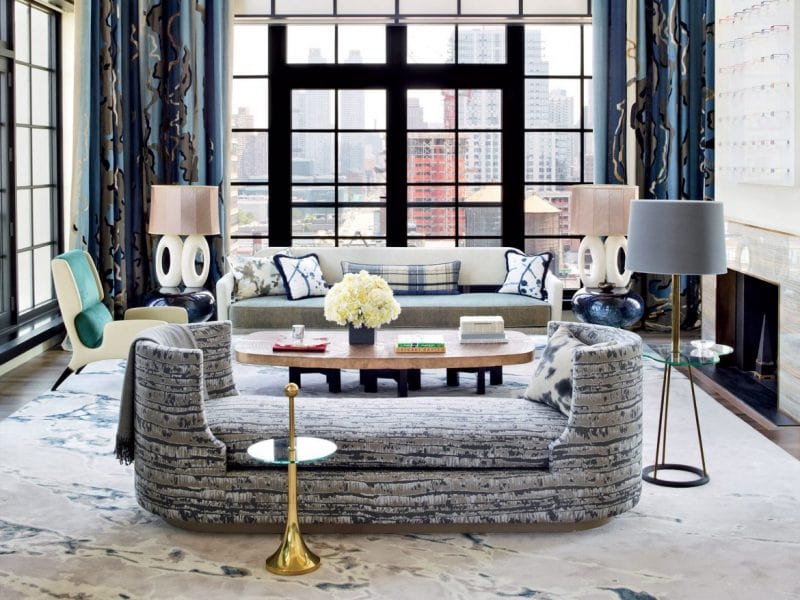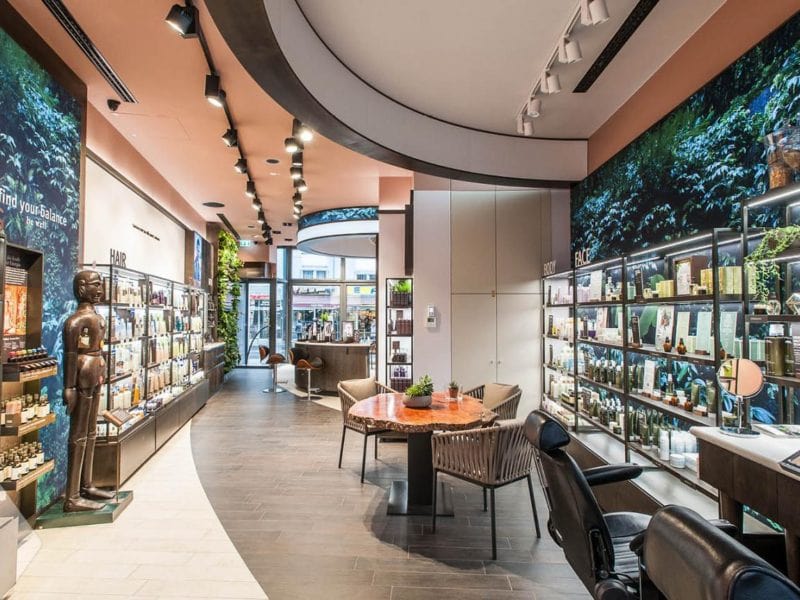
How to create perfect interiors in your store
Retailing has been powerful for a long time and one thing we know is that there are a lot of different approaches when it comes to designing the layout of a store’s interior. However, there are also some common design strategies that all retailers can employ that lead to generating more sales for a business.
The interior design of your retail store is an issue that we have been looking at recently, in an effort to help boutique merchants be more successful and prosper in today’s digital age.
From telling the story of a brand and creating immersive experiences to showcase making utilities and signage ads, when it comes to retail the important thing is in the details. We want you to have the basics.
That’s why in this post, I’m going to look at some of the basic concepts when it comes to creating effective commercial interiors that attract more customers to your store, making them interested in your products and go with them in hand to the checkout to purchase them.
It’s vital to keep in mind that from the moment someone enters your store, when deciding what to buy, an intelligent design makes a significant difference in terms of whether or not the sale is achieved.
Enter the threshold
The threshold zone, also known as the “decompression zone,” is the first space potential customers walk into when they enter your store and usually consists of the first five to fifteen feet of space, depending on how big your business is.
This is also the space where your customers will transition from the outside world to the first experience of what you have to offer them. They also make critical judgments, such as how cheap or expensive your store is, how well coordinated the site is, the lighting, accessories, screens and colors.
Since they are in a transition mode, customers are more likely to be absent from any products, signage, or cars you place there.
To the right
It is a known fact that in North America, 90% of consumers when entering a store turn right unconsciously.
The first wall they see is often referred to as a “potential wall” and acts as a first high-impact vehicle that gives potential to the merchandise located in this space, so be sure to give it extra special attention in terms of what you choose to show.
Be sure to draw your customer’s attention to those products you put on screen, whether they are new or seasonal elements, high profitability or high product demand, to tell your product stories and create vignettes.
Create a path
This can vary greatly depending on the size and overall design of your store, but knowing that your customers want to turn right, your next job is to make sure they continue to walk through your store to get the maximum level of exposure for your products.
This not only increases the chances of making a purchase, but a well thought out path that can be a great way to strategically control the flow of traffic to your store.
Most stores use a circular path starting on the right to get to the back of the store and back to the front. Some will make it even easier, covering the path with different textures, in homage to the old adage “where the eyes go, the feet go.
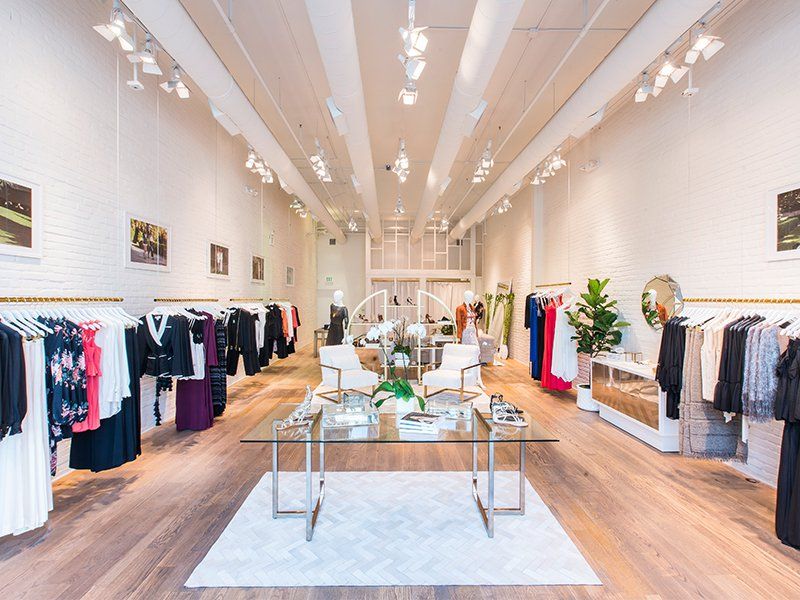
Another thing to keep in mind is that you must use the route to direct your customers somewhere, which often means placing a striking ad or screen to draw attention at the end of a hallway, for example.
Stop them.
With all the effort and time you’ve put into your merchandising strategy and the correct arrangement of your products, the last thing you want is for your customers to rush in and not watch your store in detail or limit the products they can buy. One way to combat this is through “speed reducers”. In essence, this can be anything that offers customers a visual break and can be achieved through special or seasonal signage.
Most retailers properly implement the use of what are known as “merchandise stands,” which are special display devices with products almost at the end or in the middle of store aisles that encourage impulse purchases while complementing products on display.
However, since your store may not have as many aisles, it is important to think of grouping products in a way that makes them easy to see and that goes together from a buyer’s perspective.
Also remember to keep “most in demand” products at eye level. Finally, it is recommended to change these products weekly or regularly enough to create a continuous sense for repeat visitors.
Make sure they’re comfortable.
You may or may not be aware of something known as the “brush effect,” coined by consumer behavior expert Paco Underhill, who discovered that a typical customer, especially women, will avoid going after goods in a hallway where they could potentially find a customer who hasn’t found what they were looking for and is about to leave.
This is true even if the customer is very interested in a given product. A simple way to avoid this problem is to make sure your aisle is wide enough for the customer to keep adequate personal space when looking for products.
You can also make your store comfortable by incorporating some kind of waiting area with comfortable seating and benches that encourage customers to spend more time in your store, especially if a buyer is accompanied by someone who is not interested in making a purchase or children. A small tip to keep in mind is to keep the seats or benches in front of the merchandise.
Check
When you set up an output counter and a POS system you can use that data to get data with advantages and disadvantages of various options, but you can still end up confused. However, a good rule of thumb to remember is that the checkout should be located at a natural passing place in the shopping experience or route you have purposely created and designed.
So if customers turn naturally to the right, and you get them moving from start to finish through your store, you’ll find that the left side at the front is probably the ideal place for your cash register. However, this decision also depends on the size and design of the store itself.
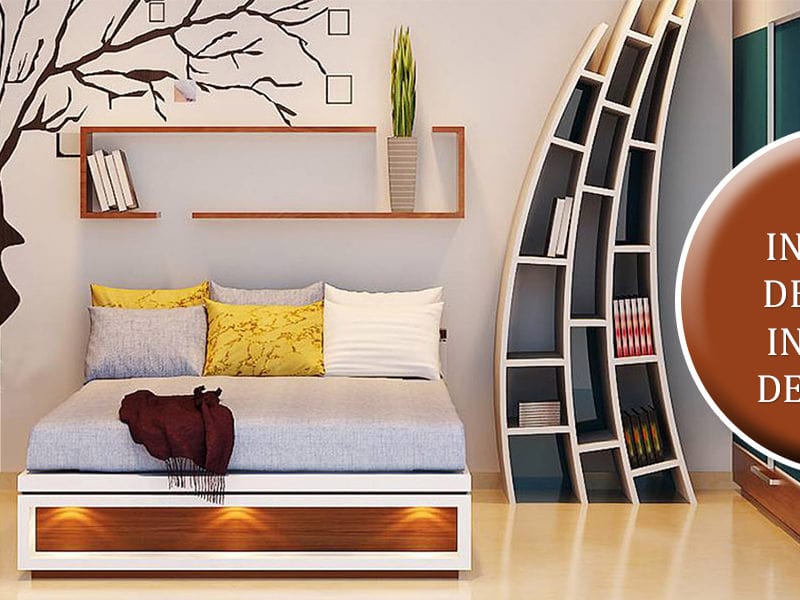
Interior with your own hands
You May Also Like
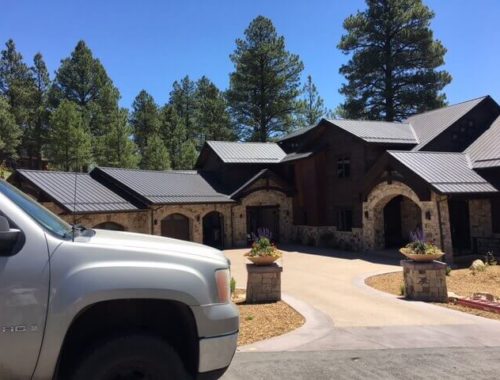
Protection From Water Damage
August 6, 2021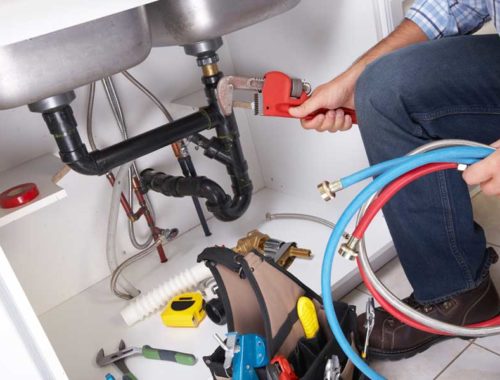
Tips on Unclogging Your Drains
August 25, 2021